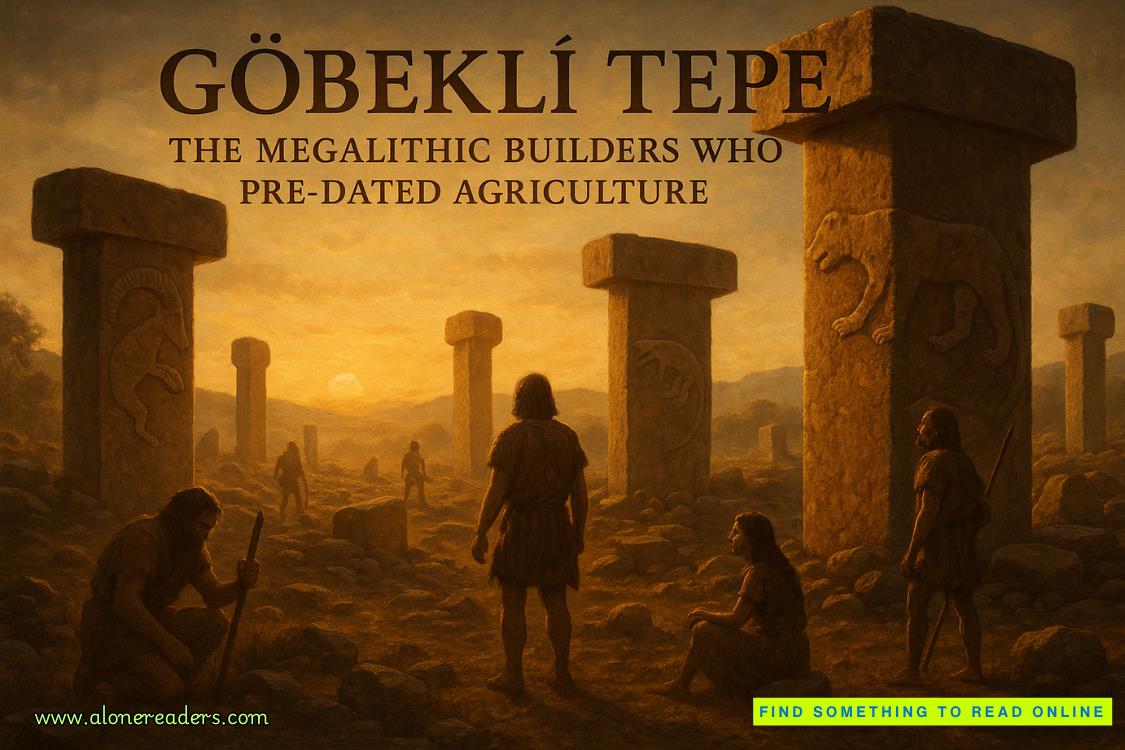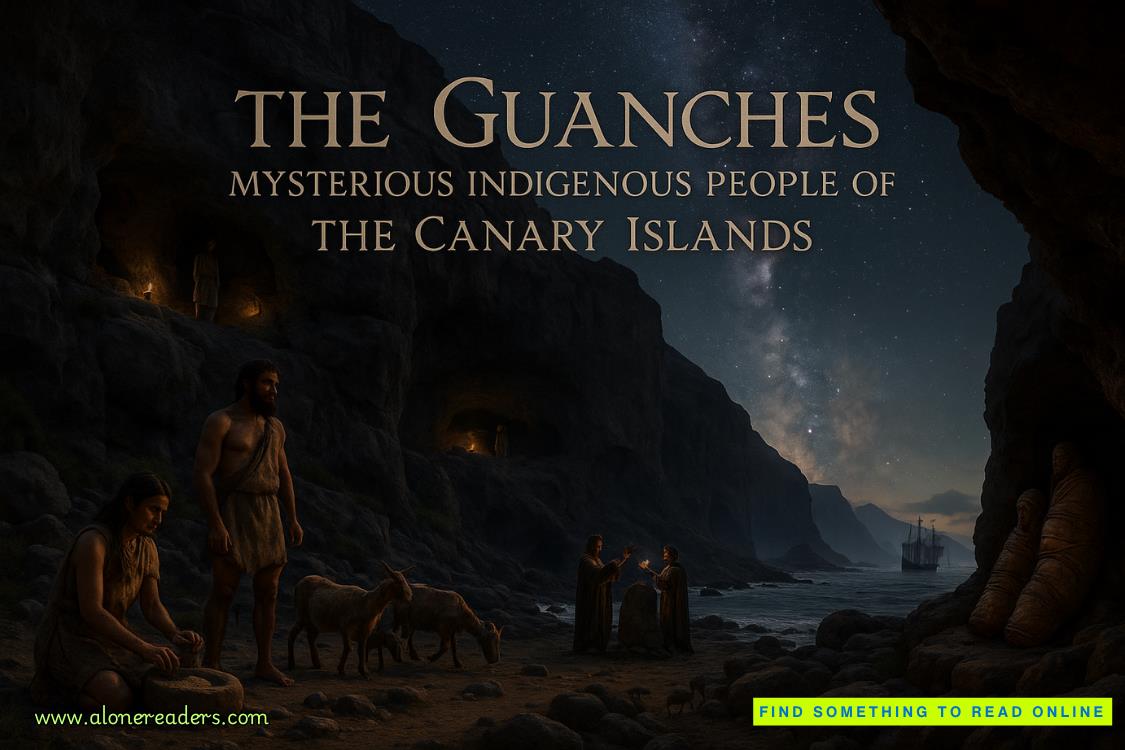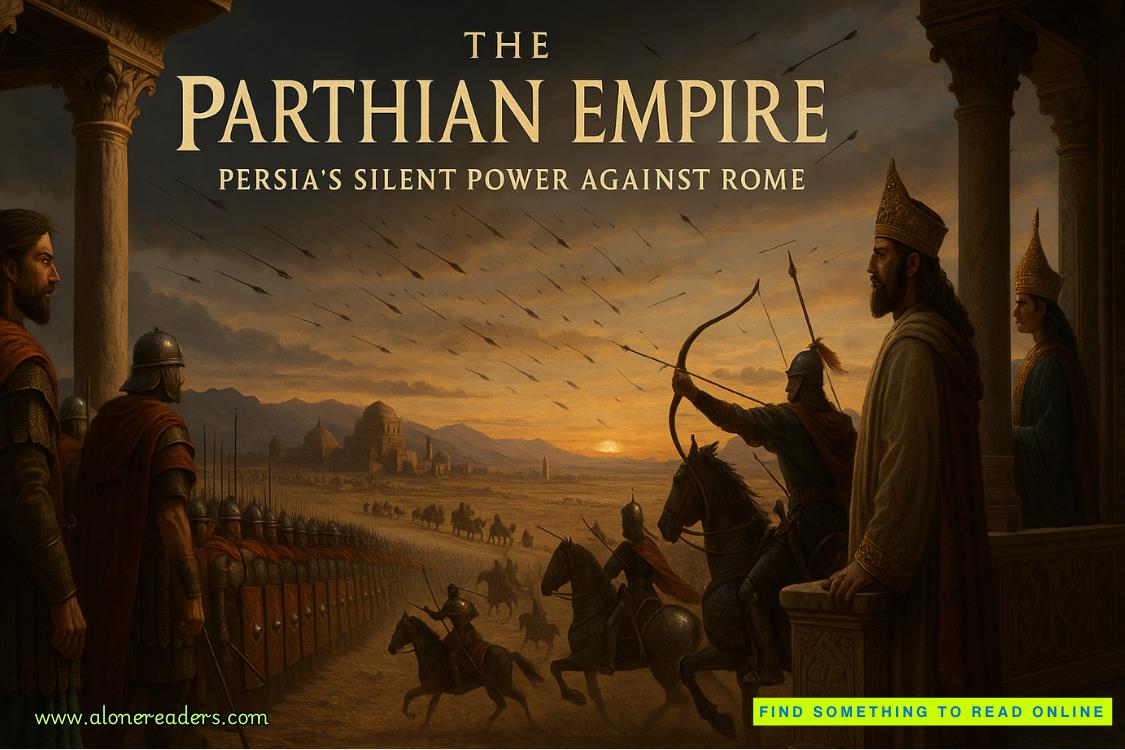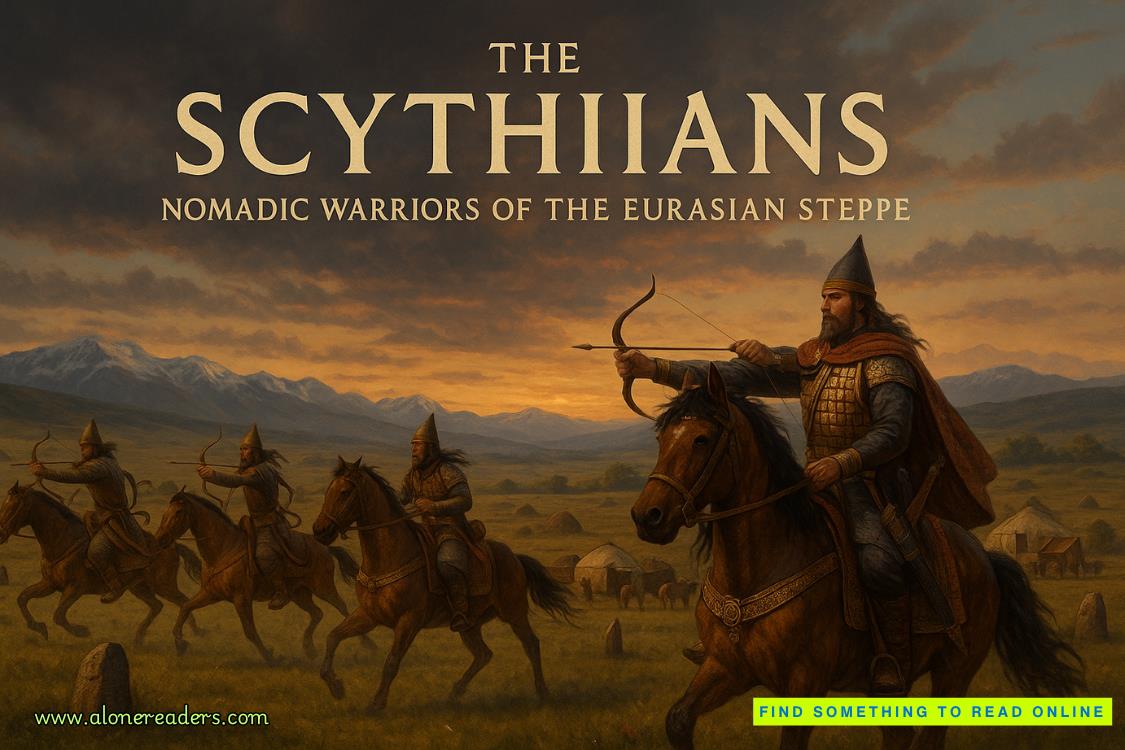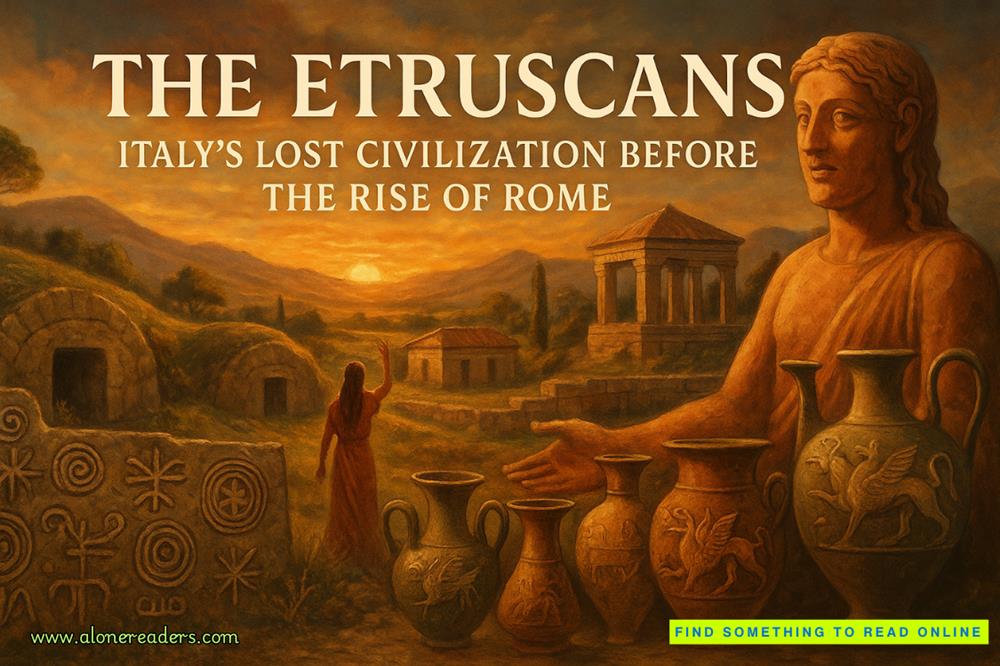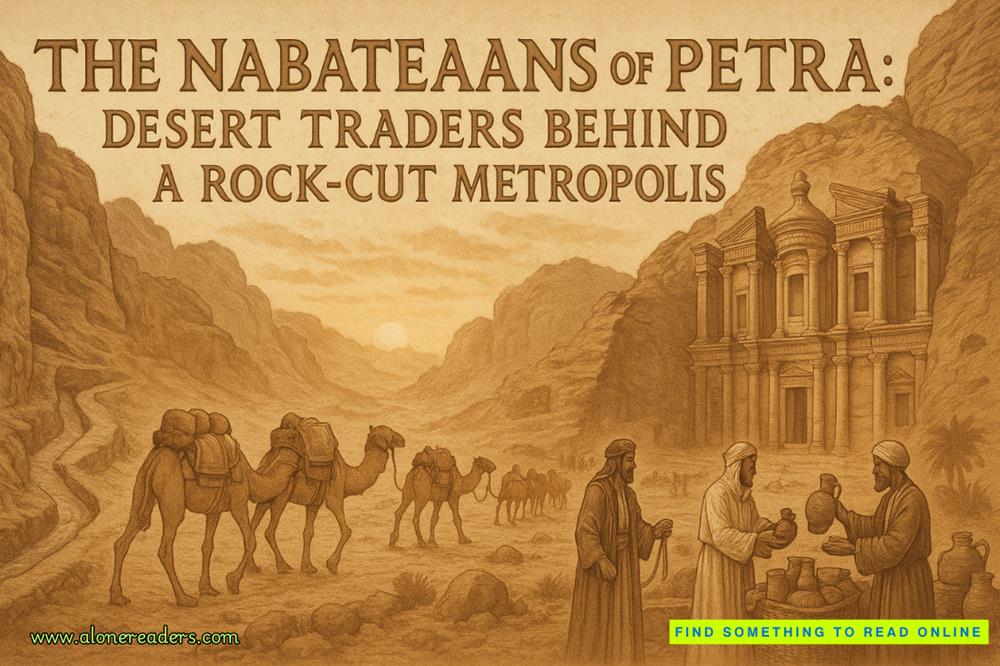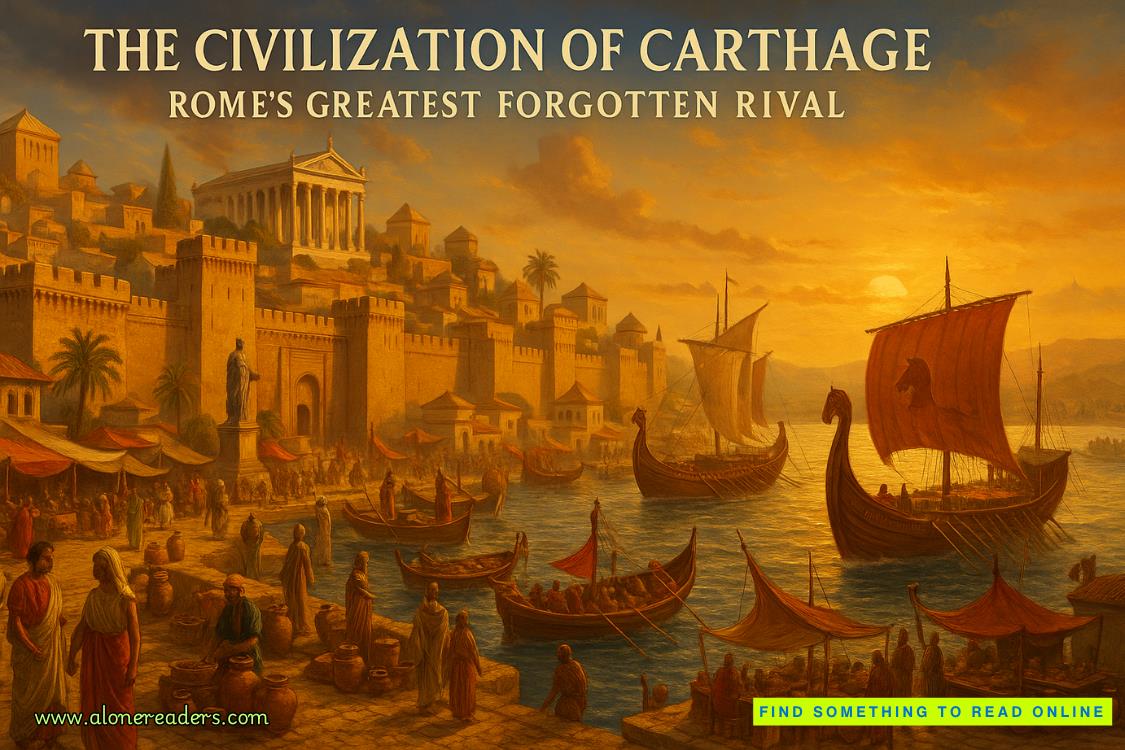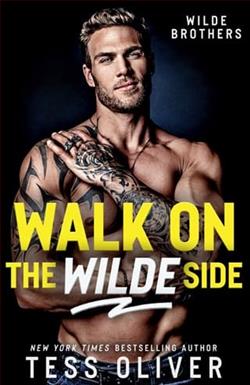Page 173 of Catch the Sun
Ella jumps inside the driver’s seat with a closing glance, and I stare at the RV as it stutters to life, taking with it the girl I love. I watch it drive off, disappearing over the hill and leaving me behind.
I fall back down to my knees the moment it’s out of sight.
Broken down and drained, I sit collapsed in the middle of the road as cars fly by, honking, zigzagging around me, shouting at me to get out of the street. I hardly hear them. It’s all background noise. A distant hum.
I sit there until night takes over and minutes bleed into hours.
Daylight fades. The sky darkens to gray.
And I just sit there…
Watching as the sun sets.
“Goodbye…? Oh no, please. Can’t we just go back to page one and start all over again?”
—The Many Adventures of Winnie the Pooh, 1977 Disney movie
“How to Catch the Sun” Step Four:
Hold Out for Dawn
Just as the sun rises, so does the chance for a new beginning.
Chapter 43
Ella
Two years later
“Ella! I need you—now!”
Natine’s voice spills in through the open door of my RV, yanking me into action. I jump from the bed, toss my book onto a clump of pillows, and sprint down the three metal steps, following her desperate call. Winding through stables and toward the fenced-in grazing pasture, I squint through the harsh sunlight and spot her up ahead.
The scene that greets me is chaotic. Several horses are galloping around the enclosure, their panicked whinnies echoing all around us, heightening the anxiety. I’m met with a slew of wide and white-rimmed eyes, while frightened hooves kick up clouds of dust and dirt with every step. Natine is in the middle, trying to grasp the reins of one particularly agitated mare, her low, soothing voice doing its best to cut through the havoc.
“Ella.” She swings her head toward me when I approach. “We need to get them under control before they hurt themselves or each other.”
“I’m on it.” I nod, inhaling a deep breath to focus. Swiveling back around, I race to the tack room and snatch a few halters and lead ropes. We need to isolate the most distressed horses first.
When I run back to the scene, I fumble with the padlock to the enclosure, slide inside, then lock it behind me.
“Start with Indigo! She’s influencing the others.” Natine points to the lead mare, who’s pacing erratically near the far end.
I approach Indigo from the side, avoiding direct eye contact to prevent further agitation. Using a gentle, reassuring voice, I murmur, “Easy, girl. Easy. You’re okay. You’re fine.”
Natine does the same with another horse, her body language equally calmand assertive. One by one, using a combination of hushed tones, slow movements, and the familiar touch of our steady hands, we manage to halter the distressed horses and lead them to separate paddocks. With each horse we isolate, the collective panic in the enclosure begins to wane.
Once the last horse is safely corralled, the two of us stand, panting and covered in dirt, in the now-quiet paddock.
“Lord Jesus, that was stressful,” Natine says, puffing her cheeks with air, her dark-brown eyes scanning the perimeter. “I wonder what set them off.”
Following her gaze, I spot a fallen branch near the edge of the paddock, its leaves rustling in the late-November wind. Beside it lies a torn metallic balloon, the kind children get at fairs and festivals. It must’ve popped and spooked the horses.
“There,” I point. “The balloon next to that branch. I bet it sounded like a predator.”
Natine nods, her button nose wrinkling. “Mmm, makes sense. We’ll have to do a perimeter check every morning from now on. That holiday market just started in the square.”
“Great for my candle collection,” I decide. “The horses are notably less enthused.”
